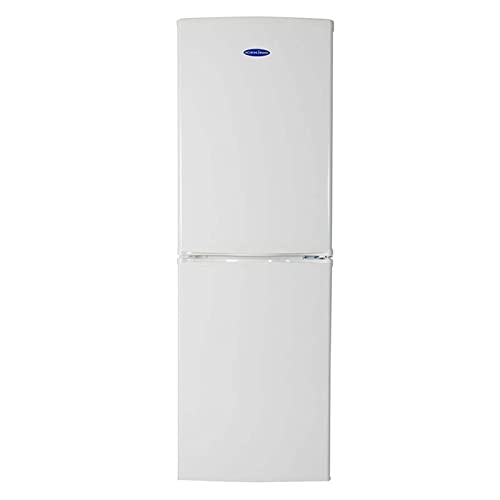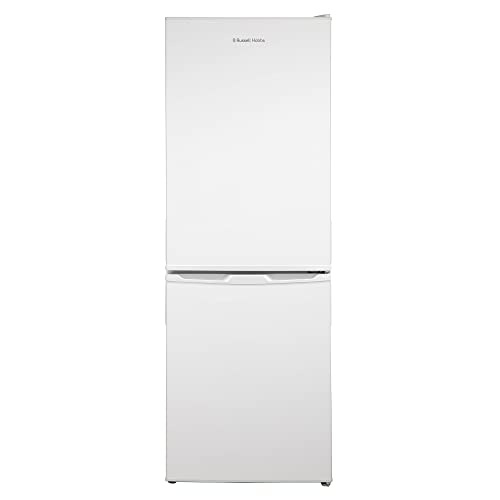Overview
-
Sectors Engineering
-
Posted Jobs 0
-
Viewed 3371
Company Description
How The 10 Most Disastrous Fridge Larder Failures Of All Time Could Have Been Avoided
Tips For Organizing Your Fridge Larder
 A fridge’s larder is the ideal place to store expired produce. It also lets you run a smaller fridge and help you save money on your energy bills!
A fridge’s larder is the ideal place to store expired produce. It also lets you run a smaller fridge and help you save money on your energy bills!
It’s the perfect place to store items like breads, hard cheeses, and eggs. Fresh herbs also benefit from low moisture.
Keep It Well-organized
A fridge’s larder helps cut down on food waste and helps you find items while cooking. The refrigerator, just like any other space in your home can become overcrowded and out of control. Here are some tips to ensure that your refrigerator runs smoothly and organized.
Take Inventory
The most crucial aspect of organizing your kitchen is taking inventory, according to Holly Blakey, a professional organizer at Breathing Room. “Take everything out and verify the expiration dates. Clean all surfaces.” Throw away expired food and throw away leftovers and dispose of anything that won’t be eaten before it spoils.
When you restock your fridge, be sure the items that are frequently used are in the front and in the middle, Blakey advises. Then, place those items that aren’t frequently used in the bottom and the back of your refrigerator.
Organize Your Freezer
If you have a freezer in your chest, organize it with clear storage bins that help you easily locate foods. Label each bin clearly and group items that are similar. Store condiments in one bin and sodas in a different, and cheese sticks in the third. You can also use a lazy Susan for condiments and other frequently used items to keep them from getting lost in the back.
In a side-by-side fridge you can store food items that require the coldest temperatures in the back, and warmer foods toward the front. The lower shelf is great for milk, yogurt cream, butter and cream (it will not melt). The crisper drawers are best for storing spillage of produce.
Drawer dividers are a cost-effective and simple way to make your refrigerator more efficient. They’ll stop your vegetables and fruits from rolling around. They will also stop them from rotting. In addition, they’ll make sure your drawers stay cleaner and tidy. Another easy hack for the refrigerator is to keep tender herbs in water to extend their lifespan. (Mason jars with an inch of water work well.) You can also buy an herb preserver to keep in your refrigerator.
Keep it Visible
Keep your fridge well organized to help you choose healthy food choices and feel content throughout the day. Make sure that all of your food containers are transparent so that you can see the contents. This will let you know how many days are left until the expiration dates and will prevent you from conserving food that has expired.
Get your fridge’s larder started with a deep clean by scrubbering the shelves, drawers and racks using warm water and dish soap. Give your fridge a good clean-up to rid it of any gross spills and crumbs that might have accumulated over time.
Once everything is clean and dry now is the time to replenish your refrigerator. Start by storing your cheeses and deli meats in the drawer. Then, move to the produce drawer. This is where you should keep leafy greens because they are prone to wilting. Keep it at least three-quarters full to ensure freshness.
You can store bulky items in the pantry drawers of certain refrigerators, like party trays and large bags of frozen vegetables. This space can be used to store condiments, such as ketchup and mustard, along with nut-butters and other canned items. Be careful not to store milk here though, as it can become rotten quickly due the fluctuating temperatures inside the fridge’s door.
The back of your refrigerator should be reserved for salad dressings, condiments and other jarred food items that will last for a long time. Use a riser for jars to make them easier to read. This will save you from closing and opening the lids multiple times.
Label each bin with markers or use stickers that are able to be easily read. This will help your family members easily identify what each container holds and will make it easier for you to locate what you’re searching for. Labeling your bins is also a great way to clear your fridge and reduce the amount of waste that you create.
Keep It Cool
A well-stocked fridge larder will keep food at the proper temperature to avoid spoilage and also to stop the growth of bacteria. Larders can be integrated into existing cabinetry or stand Frydge on their own. They are typically located on the north-facing side of the home to limit sunlight exposure. They could also be equipped with additional insulation or ventilation to prevent heat from entering the food storage area. They have walls that are thicker with fewer windows, and are generally located on the north side of your home to limit heat transfer.
The larder should have a drawer for each type of food, such as meat and vegetables. Each drawer can be programmed with the correct temperature. This will ensure that the burgers and chicken are cooked to perfection, however the salad greens will not get too damaged. You can set the drawer of your larder to low humidity for vegetables or fruits that release a lot moisture, like tomatoes or cucumbers.
To preserve cheese, you can keep it in other drawers in the fridge. Wrapped in greaseproof paper, Clingfilm or greaseproof film, you can keep it fresher for longer. Other items that can be kept in the refrigerator’s door include beverages as well as non-perishable condiments (like ketchup) as well as eggs, water and. The refrigerator door isn’t the best location to store milk as it tends to be more warm and unstable than other drawers.
To give your space a more sleek appearance, you can arrange small containers to make them easier to see. This is useful for family members who are on the move and need something to eat. Labelling shelves and bins to indicate what needs to be eaten first can also be helpful, especially in the case of family members who aren’t used to reading labels!
A larder is also an ideal place to store leftovers. You can keep them in various plastic and glass containers that are safe for food items. These are perfect for smaller amounts of food items. Making these available for quick meals is a good way to save time and money when shopping. If you have a neat well-organized fridge that has the space designated for these items It will be easier to stay on top of your budget for groceries.
Keep it fresh
The most efficient ways to organize your fridge reduce food waste and make your healthy food items last longer. A few smart strategies will keep your fresh foods at the right temperature and make it easier to find what’s in your fridge.
Crisper drawers are found in most refrigerators. They alter the airflow and increase humidity, extending the lifespan of vegetables and fruits. It is essential to use these drawers properly. Mixing fruit and greens could cause the latter, like the greens, to wilt or spoil too quickly because of the ethylene that is produced. It is also crucial to separate different types of fruits and vegetables and keep them in the proper drawers.
The door shelves are the most cosy part of the fridge. They are best used for items that don’t require special cold or conditions of storage, such as jars of salad dressings jams, chutneys, jams and long-life drinks (anything purchased in bulk and having the same expiration date). The top shelf can be used to store beverages like milk and water that can be stored upright.
Refrigerator drawers can be difficult to keep sorted with things that are bouncing around and mixed up, but there are some easy tricks to help. Invest in a set refrigerator drawer separators. This will keep your food items separate and stop them from squishing together. It is also beneficial. Keep produce of similar heights on the same shelf and don’t store things that aren’t of the same height adjacent to one another — raw meat shouldn’t go in the same drawer as cooked ham!
A thermometer should be located in your fridge. It’s a low-cost, easy to use tool that will ensure your fridge is operating at the optimal temperature to keep your food fresh and safe.
Have a stash in your refrigerator of plastic bags to store produce without a container. The moisture contained in the bag keeps veggies from rotting too fast. For herbs that typically wilt in days, you can keep them fresher for longer by washing them and placing them in a glass of water. This is as effective as a plastic sack in keeping moisture.


